I’ve been here before. It was almost ten years ago, to the tee.
I don’t like it here. It’s uncomfortable in the way it offers limitless opportunities but forces us to narrow the space by weighing self-perceived growth and risk models for every hypothetical. It’s like looking out a window and in a mirror at the same time.
Where am I?
Well, I’m sitting on the couch of my Washington, D.C., apartment, tucked under a blanket, sipping on my Sunday coffee. But it doesn’t matter where I go — the discomfort of indecision weighs heavily on me. As I navigate this pivotal decision and prepare to transition from active duty military, I am confronted by the echoes of the past. To understand where I am now, we’ll need to rewind quite a bit.
I like to think I single-handedly kept Microsoft PowerPoint in business during my teenage years. Oh, and the crazy part? I wasn’t even getting paid. I was doing this FOR FUN.
The humble beginnings of my visual communication journey trace back to the confines of the shared family computer, which rested on the desk in my parents’ bedroom, where the Microsoft Suite reigned supreme. I spent an exorbitant amount of time developing short animated stories, designing invitations for birthday and holiday parties, and making mock advertisements. Despite the software's simplicity, I was always challenging myself to push its boundaries, leveraging my creativity to craft more sophisticated visual offerings.
My parents will tell you I had a knack for roping my younger sister, Kaycee, and our family dogs, Sam and Lucy, as unwilling participants in improvised photoshoots and video projects with a dinky camcorder I won in a school raffle. After filming, I’d race back to the family computer to upload the clips to Windows Movie Maker and meticulously overlay music tracks, perfect transitions, and incorporate graphics. It’s hard not to wince when I watch these back more than ten years later, but hey, they were the epitome of cinematic greatness... for the technological landscape of 2011, at least.
In my high school years, on top of balancing academic pursuits and athletic endeavors, I found myself spending an ever-increasing amount of time in Mr. Robertson’s art classroom. Here’s a chalk piece I created my sophomore year.
There was a time when my passion for art was so strong I would have told you that my greatest aspiration was to become an artist for Disney or PIXAR and that I hoped to study illustration, acting, and design. In fact, that’s what I told the admissions team at Arizona State University’s Herberger Institute for Design and the Arts in an aggressively ambitious email sent on July 5, 2012.
Actual quote from the email:
“Animation and digital art have been an interest of mine since junior high. I love drawing and spending time on my family computer exploring and creating art! It is my ultimate aspiration to work as an artist at Disney or Pixar Studios. In the meantime I am working to widen my knowledge base in technology and art by enrolling in appropriate courses at my local high school. My freshman year I studied Graphic Communications. The course aided me in mastering Photoshop and learning basic drawing, painting, and animation techniques. … I will be taking Introduction to Art with Mr. Robertson next year which will focus on drawing and painting.”
My parents (somewhat begrudgingly) took me to tour the art school eight days later. Like many parents, mine were concerned about the practicality of pursuing a career in the arts. They saw it as a high-risk path fraught with uncertainty and instability, and they urged me to consider more conventional options.
Before I delve further, let me clarify: I am deeply appreciative of the sensible guidance they imparted during this pivotal period of my life.
My parents have devoted their careers to shaping students’ futures in our small-town public school district, instilling in them the values of hard work and perseverance. My parents made countless sacrifices for my sister and me in our childhood. I appreciate now, more than ever, the significant efforts involved in supporting our extracurricular pursuits, from funding our activities to never-ending piles of laundry, supporting from the sidelines of every sporting event, to shuttling us back and forth from Lake Havasu to Phoenix for tournaments, summer camps, and interviews.
My parents’ concern about my desire to pursue a career in the arts was understandable. On paper, I was the ideal candidate to do, well, just about anything else. I was strong academically and enjoying the opportunity to take on leadership roles in clubs and sports. They believed I was too bright to cast aside my academic potential for a career in art and media. My parents insisted I would thrive on the structure and opportunities provided by a service academy. I could always keep art as a hobby, reserving the option to pursue it professionally later in life, once I had established a solid foundation for myself.
That moment stands out as my earliest memory of grappling with my multi-passionate nature, tugging me in myriad directions and leaving me entangled in frustration. How was it possible to feel so overwhelmed by passion and lacking purpose all at once? I wanted to feel intellectually challenged and solve tough problems, while also exploring color and expression and storytelling. I wondered if I would ever experience a world where all my passions and pursuits converged seamlessly, unlocking my potential in some “perfect-fit” career.
As time would tell, I found myself in the U.S. Naval Academy’s Class of 2019, where I earned a Bachelor of Science in Mathematics and commissioned as a Marine Corps Officer, ultimately trained and designated as a Communication Strategy and Operations Officer. There wasn’t a lot of room for artistic expression there. Still, in my free time, I continued to draw and paint and my class notes were adorned with flourishes of creativity and pops of color, even in Introduction to Complex Variables.
A few short years later as a lieutenant in Camp Lejeune, North Carolina, I faced a new challenge. After years of development in preparation to lead Marines, I was disappointed to learn that my first billet as a Communication Strategy and Operations Officer would not have me leading any Marines at all. I served in the Media Engagements section and the majority of the unit’s Marines worked in the Production section. I desperately wanted to connect with the enlisted Marines who served as photographers, videographers, and graphics specialists in a way that was both authentic and impactful, without overstepping the officer in charge of that section. It wasn’t long before I turned to the whiteboard in my office. What began as simple brain teasers soon evolved into a platform for sharing knowledge, fostering dialogue, and offering moments of mentorship.
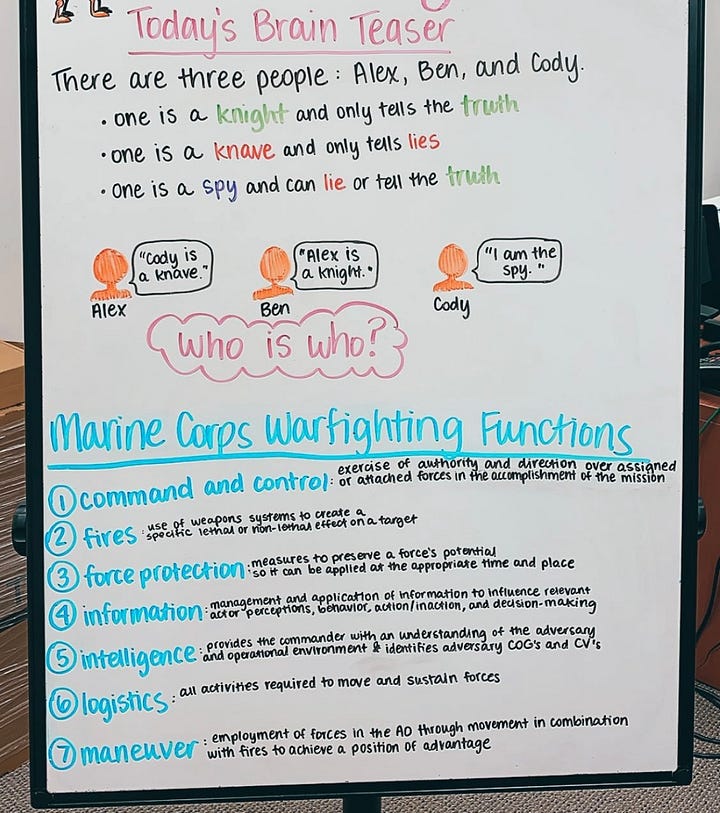
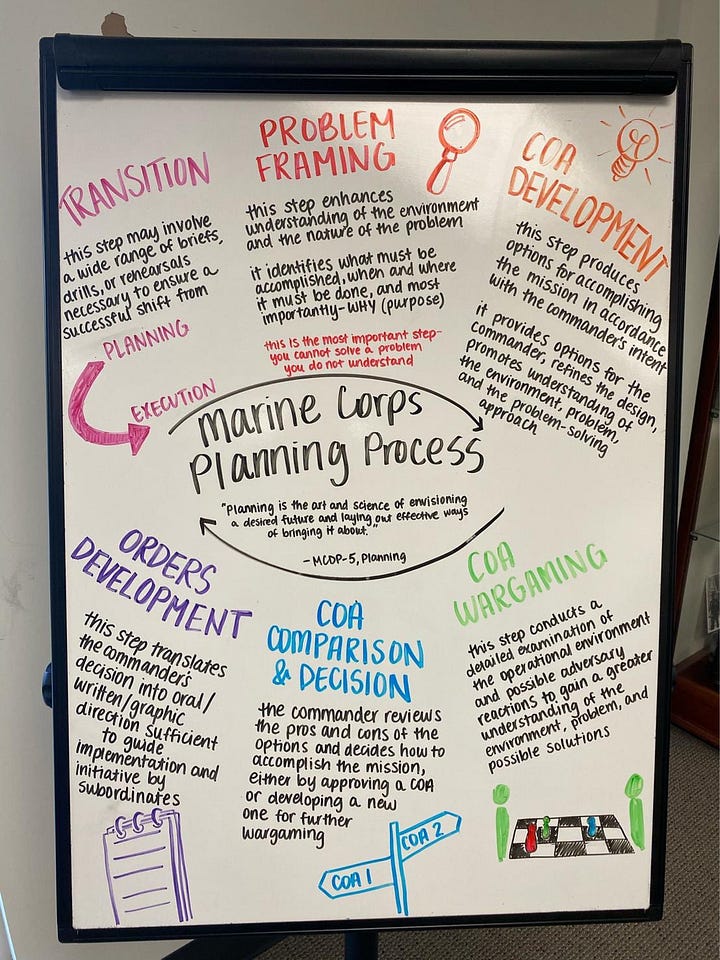
As I worked through visualizing a series of Marine Corps doctrine and publications, I discovered the power of simplifying complex information. The whiteboard became my medium for vibrant diagrams, engaging visuals, and clear, concise explanations making complex reference documents accessible and engaging.
After I began sharing these products on LinkedIn, I realized that visualization was more than just a tool—it was a catalyst for connection, understanding, and empowerment. People with all types of professional backgrounds (military and civilian) were referencing my products as “visual cliff notes” of executive-level documents, including the National Defense Strategy, National Defense Authorization Act, and the Marine Corps Force Design 2030.
My parents were right. At first, I thrived on the structure and opportunities of the military. From the moment I took the oath, my path has — in most ways — been laid out for me. Attend this school, then rotate through these billets. After X years, you will promote and move to your next duty station. Complete these tasks using this process and ensure it is done in this format. Complete these trainings and certifications in a satisfactory manner, and the path will continue to unfold as planned.
For as much security I’ve found in this pipeline, I experienced equal parts personal frustration in fitting inside “the box”. Here and there, I have been given the opportunity to stray from the norm…
… and I'm confident that the Marines were much more engaged viewing these slides than the generic templates used by most briefers. If I could make every brief and update this way, I would. But 95% of the time, this is not encouraged or appropriate. I appreciate the purpose for rigidity and structure of the military, so I stay in the box.
After much consideration, I submitted my resignation to the Marine Corps and will transition in early 2025. Leading Marines and sharing their stories has been a challenging, rewarding, and humbling honor. But I’m ready for something new. I want to get outside the box.
I’ve been here before. I don’t know exactly what it is I want to do, but I do know that I am creative and analytical and I’m looking for a path where these disciplines converge to tell important stories.
I’ve been so encouraged by the support of my network as I navigate this transition and am appreciative of all of the heartfelt advice and meaningful connections I’ve been offered. THANK YOU to everyone who has sent a note of encouragement and offered to assist in any way. It is truly an exciting and scary and overwhelming time, but I am ready to take the leap!







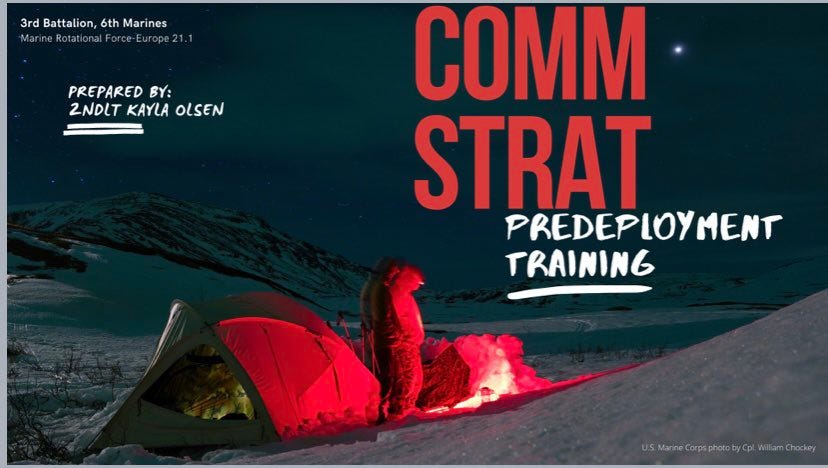
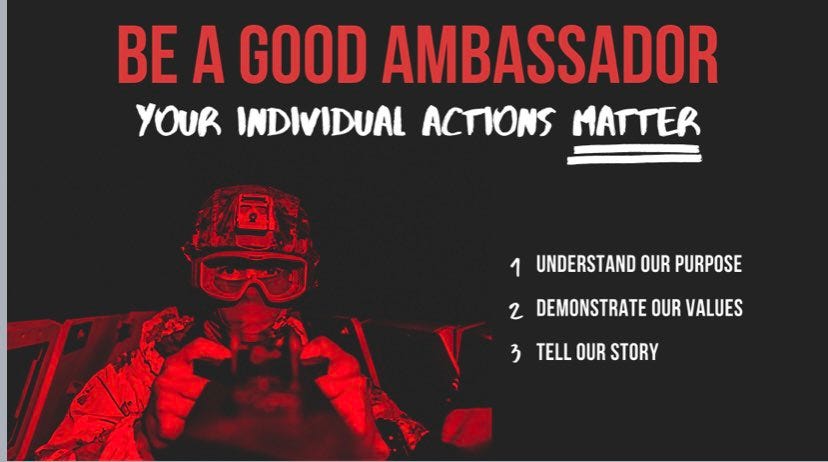
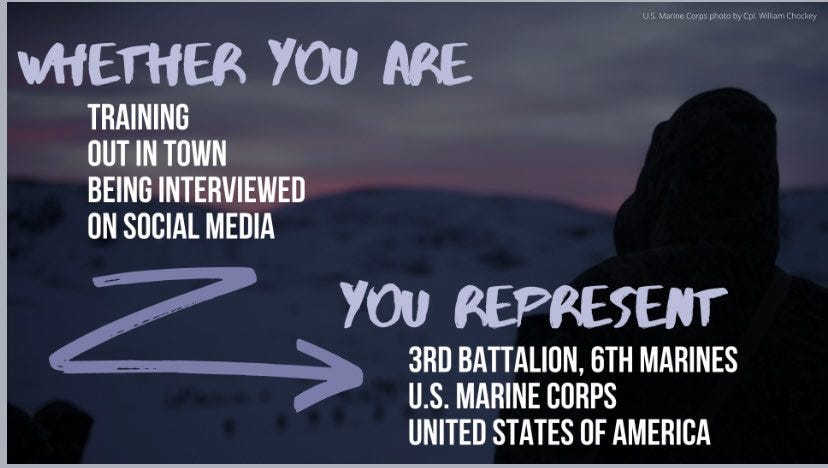
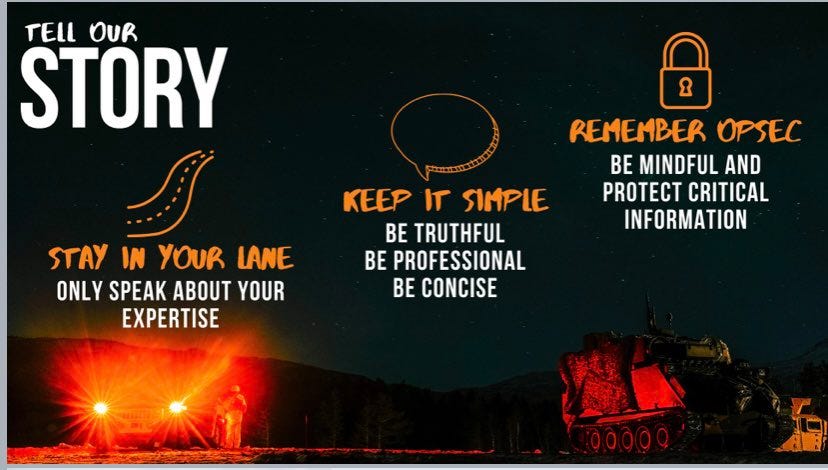
Kayla,
Your ability to communicate through the written word and through art are amazing and any organization could not only benefit from your gifts, but many of them NEED your gifts! My hope and prayer is that you continue your blog sharing your story. Semper Fi!
You are a gifted communicator and, whether you realize it or not, your transition is the Marine Corps' loss. Before you pull the trigger I would encourage you to seek out others in the Marine Corps who can see the value your gift brings, even if it is outside the box. In the event you do transition, there are many companies who would be more than happy to take advantage of your skills.